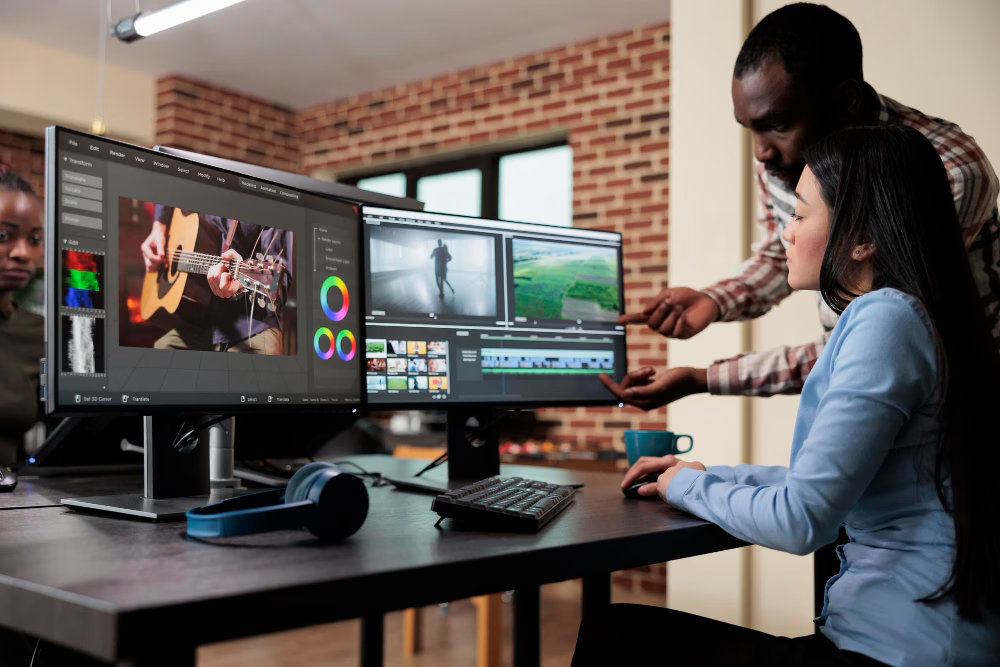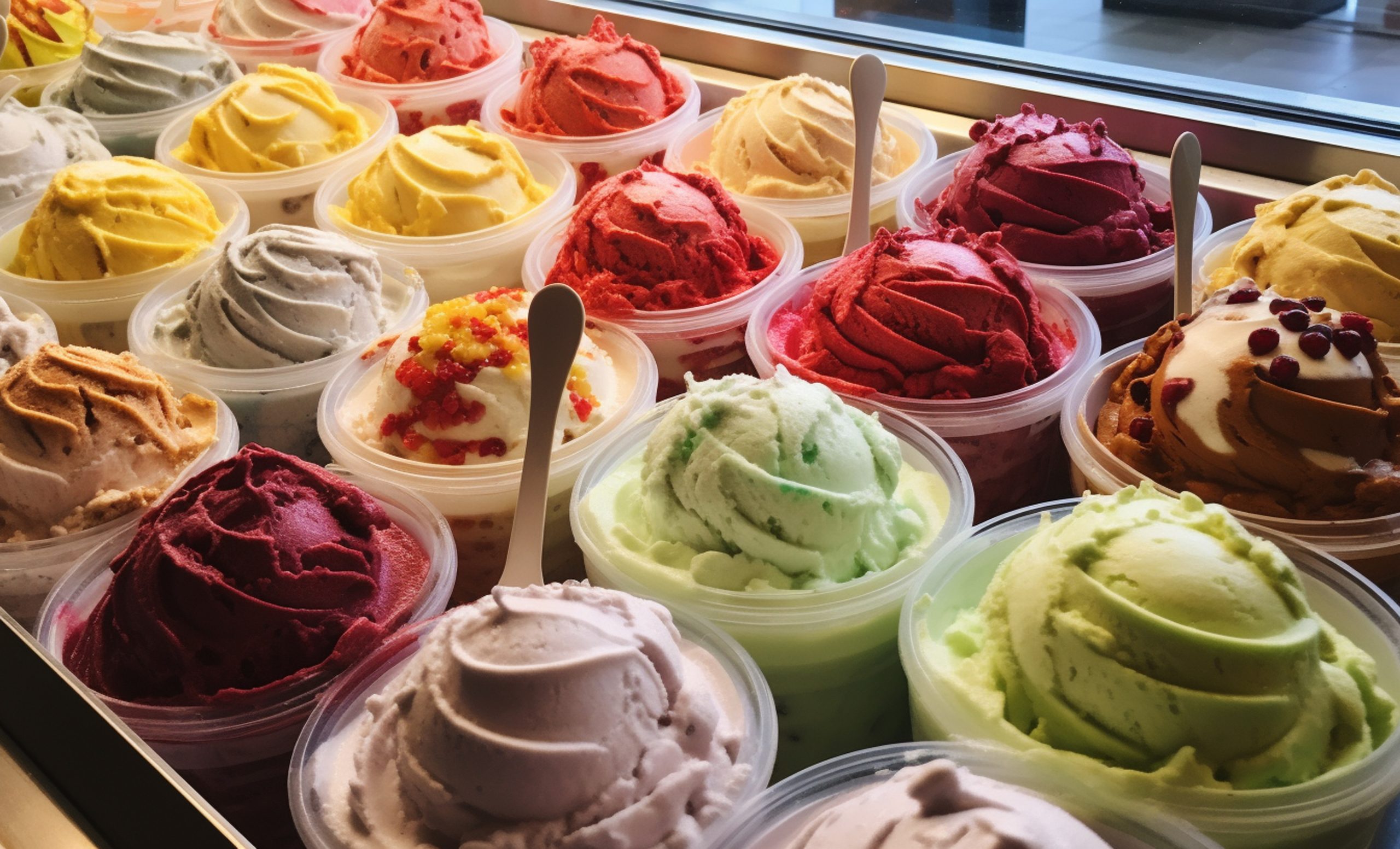
In today’s ever changing digital content creation space, creators, marketers, and media professionals are always in search of new tools to take their game up a notch. With the rise of artificial intelligence (AI), we have seen an introduction of great new innovations into the creative sphere. Out of them, Video to Video AI is which stands out as a game changer in which it transforms how we create, style, and edit video.
As media trends towards what is visual and dynamic, AI-based tools which include Video to Video AI are introducing to the creators’ world what they didn’t know they needed — less of your time, less of your effort, and less technical knowhow. In this article, we look at the role of AI in video editing, the part that Magic Hour’s solution plays, and why what we present now is more relevant than ever.
What is Video to Video AI?
Video to Video AI, which is at the forefront of what’s possible today, transforms one video into another by way of applying style, structure, or visual changes via machine learning. We see this as a break from the past which required frame-by-frame manual touch up — instead, this AI-based system is able to reimage videos based on prompts, references or model training in a fraction of the time.
Whether in the realm of changing the art style of a clip, bringing stills to life into cinema-quality sequences, or transforming real footage into styled animations, Video to Video AI enables creators to push beyond what has been done before and reimagine their content without having to learn complex editing software.
Magic Hour’s team has outdone themselves with what they’ve done in the AI field via their Video to Video product, which brings high-quality transformation at speed and with great visual results.
Why Video to Video AI Is a Game-Changer for Creators
Time Efficiency for Professionals and Beginners Alike
Traditional video editing is a time-intensive process that also requires in-depth knowledge of tools like Adobe Premiere Pro or After Effects. In comes Video to Video AI, which does away with that. We now have an AI engine which, with a few inputs and set options, processes the video and puts out results in minutes—perfect for the creator that is against the clock or has little tech skill.
Creative Freedom with AI-Powered Precision
Influencers and YouTubers, and also game and educational developers, now have a stage to play around in with tools that was before nonexistent. Want to go from real-life scenes to animated hand-drawn material, or mix two different styles together and have it look natural? That’s what Video to Video AI does best. The Magic Hour also presents a very easy-to-use interface that also includes a large range of creative options.
Lower Production Costs
Hiring out for editors, animators, or effects specialists is expensive. That which AI tools are doing is to put a large part of this process into automation; hence, it is that we see even small teams and solo creators producing pro-level videos on a shoestring budget. Out of which comes the trend of high-end digital production being accessible to all.
Applications Across Industries
Video to Video AI use is only limited by your imagination:
- Marketing and Advertising: Brands may present reworked past footage in a brand new light which is what their visual campaigns are all about.
- Gaming and Animation: Developers and designers have at hand which they may use for prototyping visual ideas out of traditional animation tools or to create full scale cutscenes.
- Education and Training: Educators may use better visuals, dynamic overlays, and animations to increase learner engagement.
- Social Media: Influencers and content creators on TikTok, Instagram, and YouTube report to produce more and better content which is achieved without the need for extensive editing.
With the help of Video to Video AI, these options are a reality. The tool does it all — from frame alignment to style rendering — which in turn gives you rich storytelling and polished results.
Integration with Other AI Technologies
Video to Video AI is not a standalone solution. It works in tandem with other AI, which does image editing, audio synthesis, voice cloning, and 3D rendering. What we see is that when these AI elements are put together in one workflow, the results are that much better.
For example, a creator may use AI to write out a script, then use text-to-speech for the voiceovers, and at the end apply Video to Video AI for the visual element. This full-stack automation is what is transforming modern content creation.
As we progress in this field, we see the emergence of full AI-run content studios, which see one person do what once took an entire production team.
The Magic Hour Edge
Magic Hour stands out in that it is focused on usability and visual quality. We have put together a suite of pre-trained models that do very well at what they do—that is to say, in presenting detail, motion consistency, and style accuracy. No matter if you are going for a high art animation or a commercial video asset, the results are very professional.
Magic Hour reports that we have been updating our models, which in turn means our users are among the first to use the latest in generative video tech. Also, we have designed a simple and easy-to-use interface, which in large part we did to lower the bar of entry—which in turn we did for creators of all skill levels.
Final Thoughts
AI isn’t a fad anymore—it is a practical solution for real-world creative issues. In the case of Video to Video AI, which includes platforms like Magic Hour, we see a transformation in how we think about video production, visual storytelling, and creative expression.
Whether in film, where you reframe shots; in marketing, as you develop powerful content; or as a hobby, as you play in the world of visual art—what we’re seeing with Video to Video AI is that this is not a trend; it is a transformation. The future of content creation is smart, easy, and very creative. Thanks to this and related innovations, which we are only at the beginning of, anyone who has a vision can see it through—no studio, no crew, no issue.





